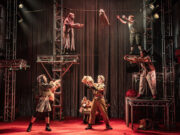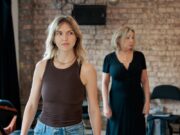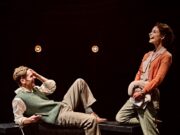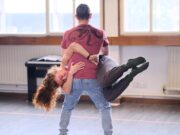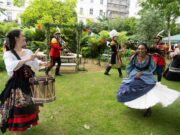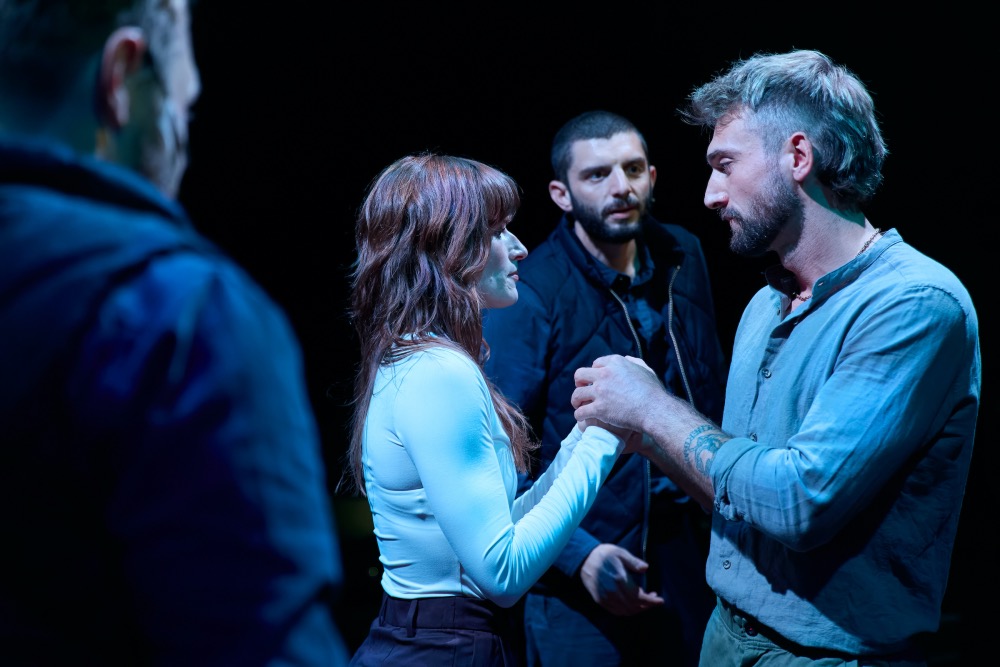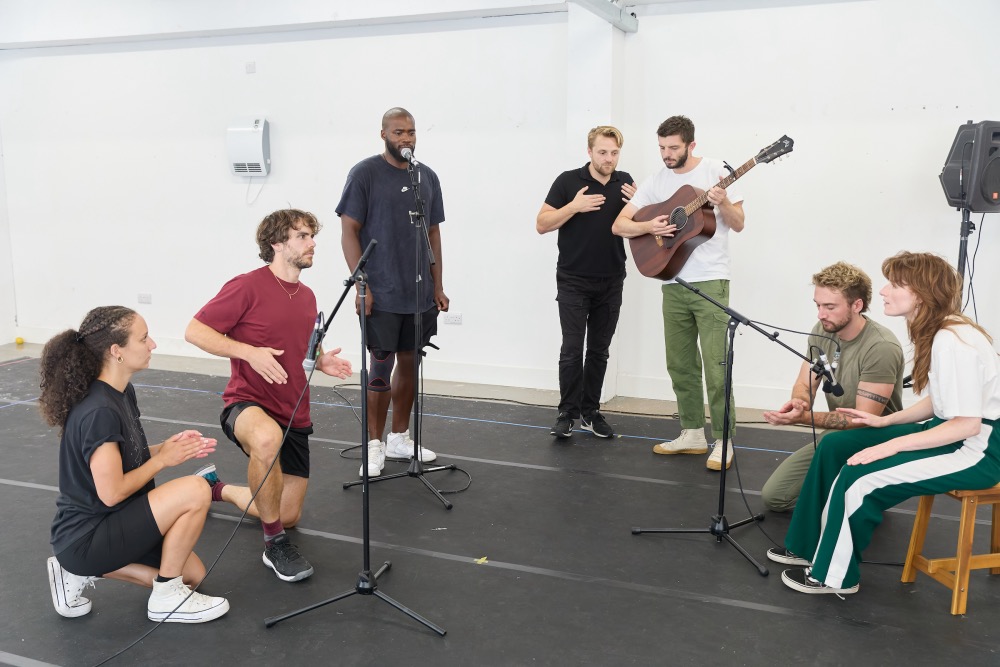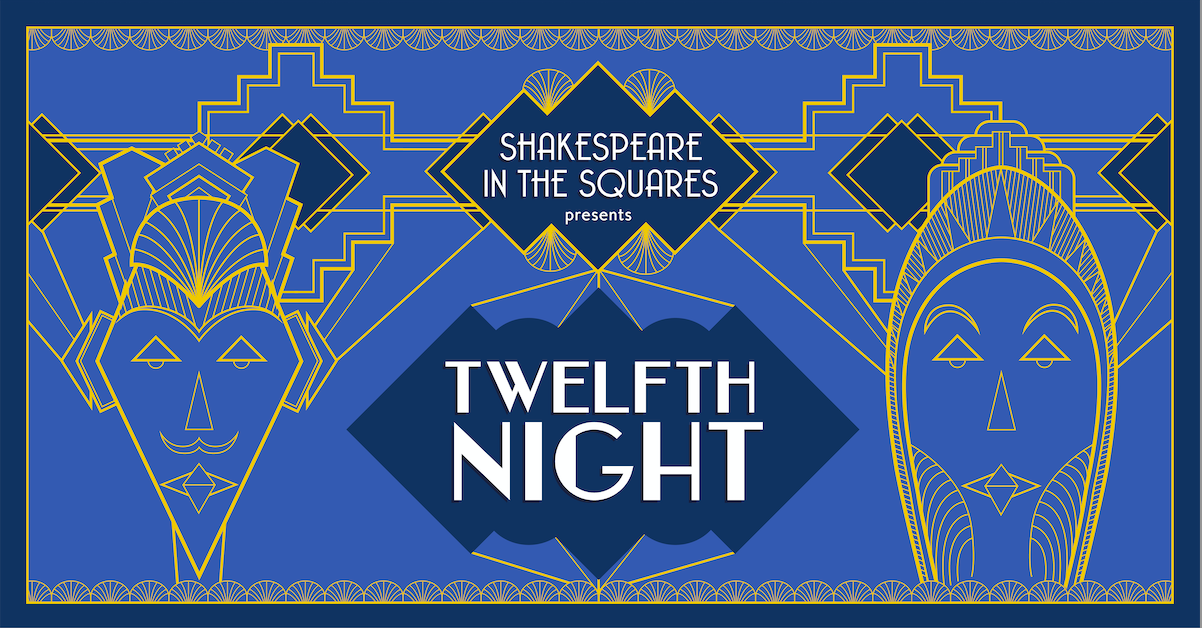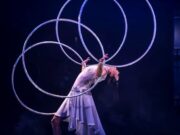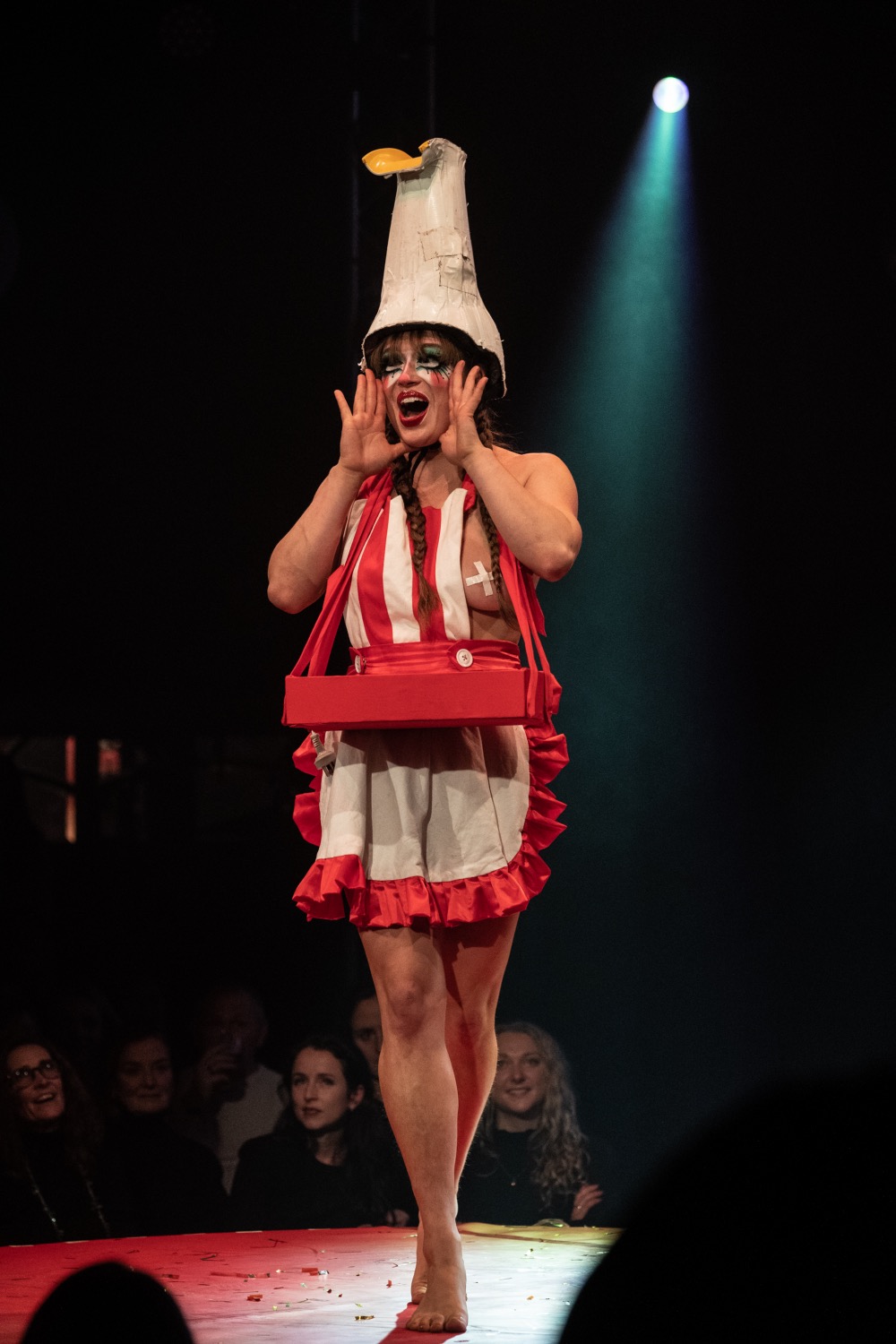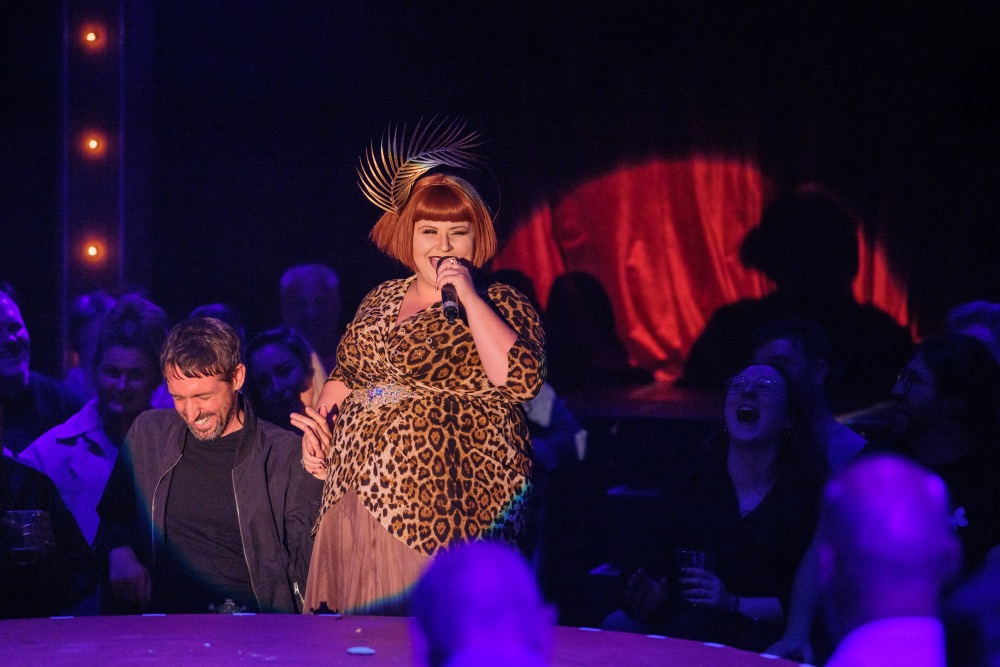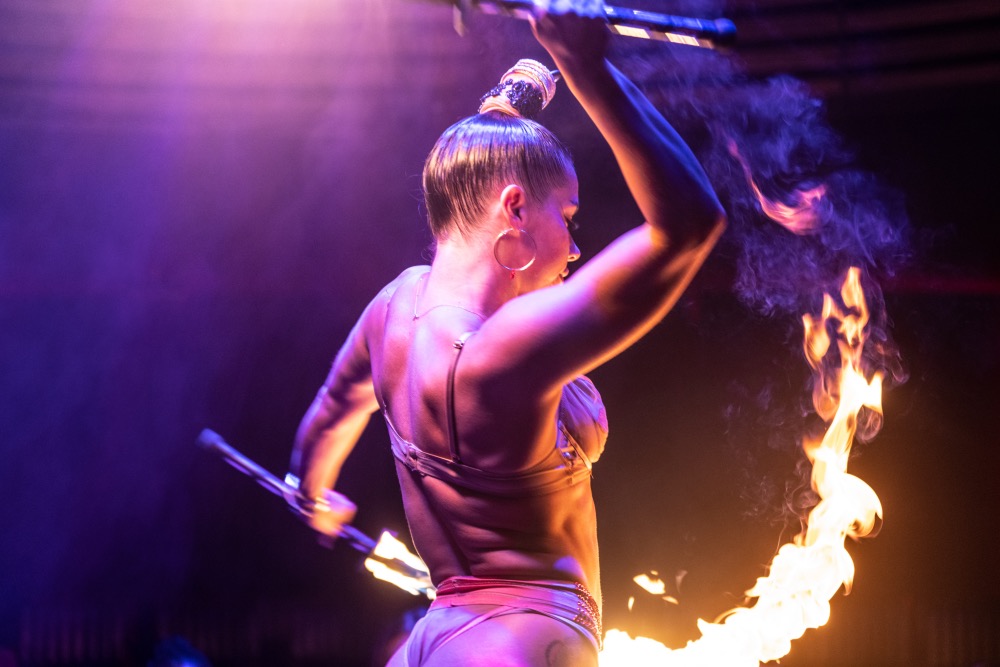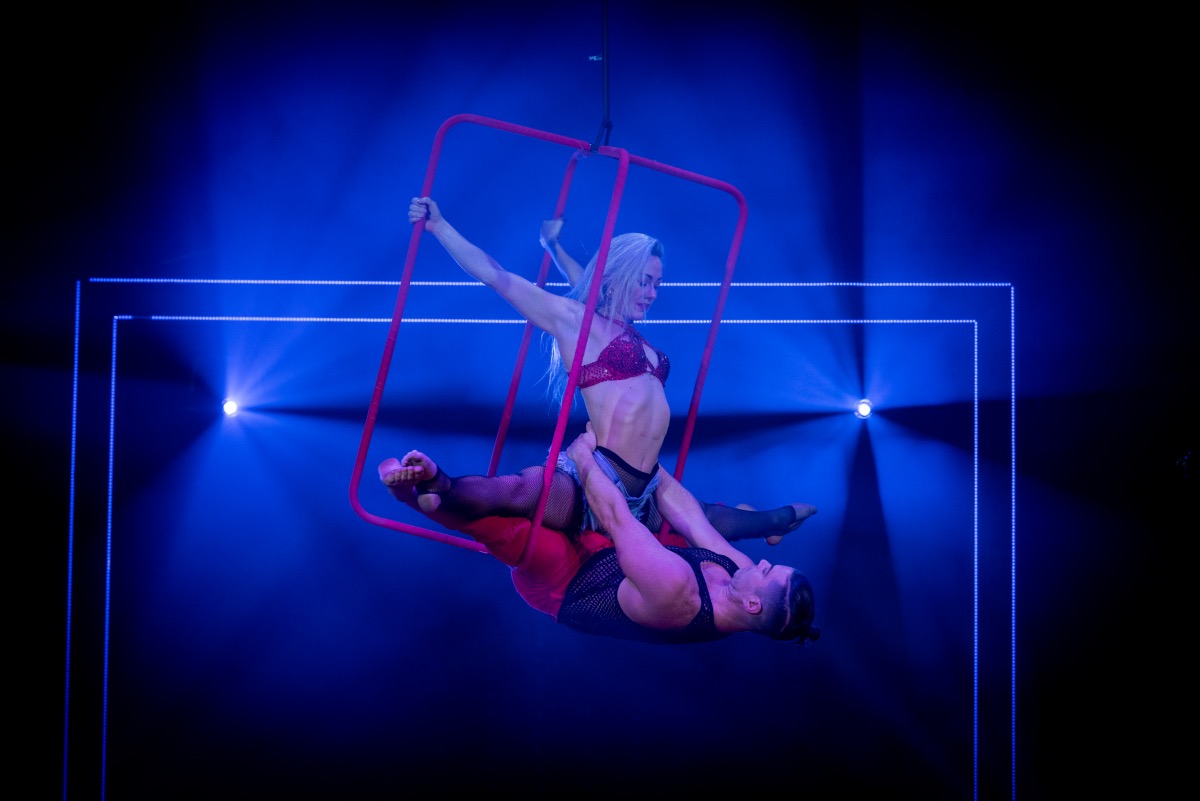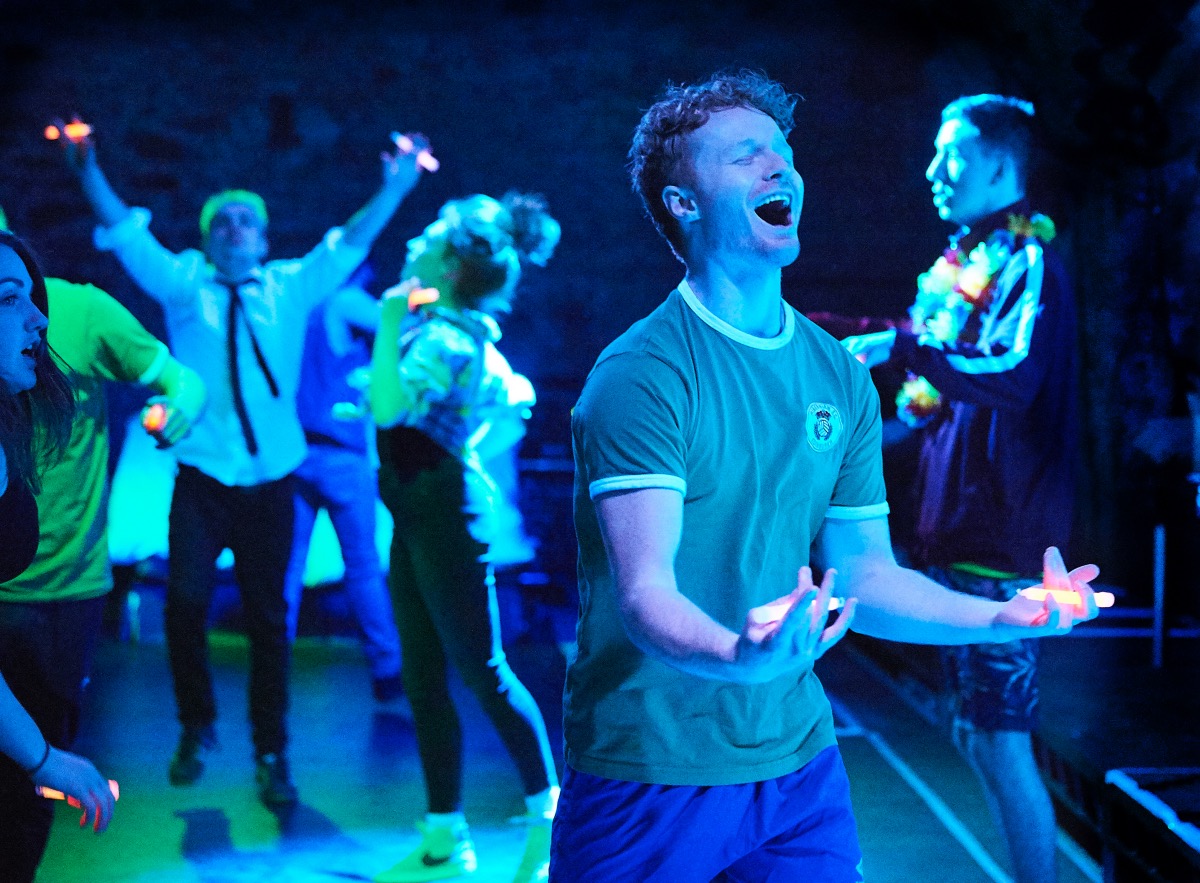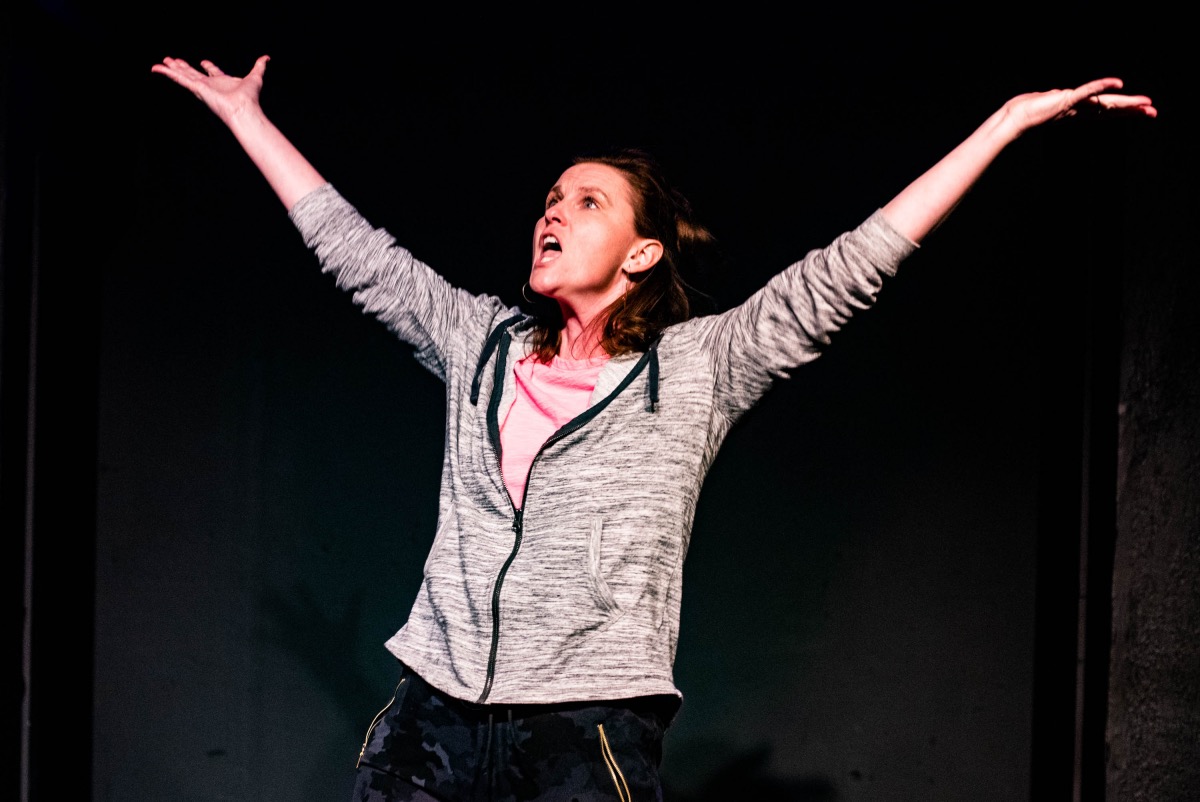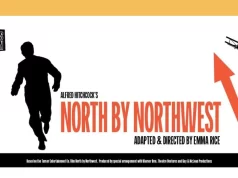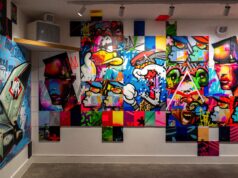International award-winning Greek artist, Mariva Zacharof held an art workshops with a group of 80 children in the village of Paril Nowada, Manikganj District in Bangladesh.
“I wanted the children to learn from playful and fruitful activities … using their creativity and imagination”
Mariva had recently participated in a worldwide competition, in CRACK International Art Camp (CIAC), conducted by Shawon Akand and the Crack Trust, in the city of Khustia in Bangladesh.
Prior to travelling, she wrote to the organizers of the Crack Trust and told them that she wanted to prolong her stay to conduct these workshops with the children, to which they agreed. “The Crack Trust refered me to the Nowsha – Najib Environment Development Foundation run by artists Nasim Ahmed Nadvi and Naima Haque.”
They provided accommodation for Mariva. They also supplied art materials and staff support for her mission.
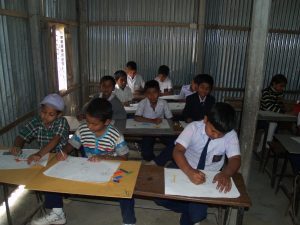
Mariva has a very broad background in art teaching from three different countries “I did my voluntary placement as part of my B.A in a special needs school in Cardiff, Wales.”
She also taught painting and drawing skills for three years to children aged 4 to 12 in Athens, Greece. She has taught art to adults with mental disabilities and “has worked with people in rehabilitation programs and women who were victims of violence” she explained.
She feels when teaching in different countries “consideration needs to be taken on the distinct socio-political, financial and religious circumstances that form their daily life” .
In preparation for this project, Mariva visited a number of private and public schools in Bangladesh, to gain greater understanding of their educational system, culture and their teaching methodologies in the arts.
The workshop took place in the village of Paril Nowada, Bangladesh in the premises of the Nowsha – Najib Environment Development Foundation (a self-funded organisation).
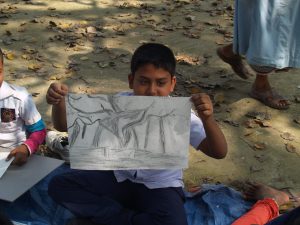
For a period of two weeks (22nd January to 6th of February), Mariva conducted two-hour daily sessions with the children aged between 5 to 12 years. The children were divided into smaller groups of twenty according to their age range. They were given drawing pencils, rubbers, sharpeners, A3 cartridge paper and oil pastels to work with.
Mariva’s aim “to trigger the children’s creativity, observation and imagination and cultivate a sense of freedom within them” was executed through the following activities.
- Drawing the human figure from a life model/ self-portraiture;
- Observational drawings of animals and birds – both linear and in colour;
- Landscape drawings exploring shapes, forms and shadows – experimenting with different mark making techniques;
- Exploring narrative in their work – The teachers were asked to read passages from Bengal local myths, tales and poetry. From this the children were then asked to illustrate these in their drawing “inspired by a word, a phrase or the whole text.”
- The children were asked to depict from memory their homes, families, friends in their work.
The children, Mariva observed “weren’t preoccupied about giving an exact representation of the world seen.” There work was more abstract.
One of the challenges Mariva faced was that she didn’t speak Bengali. “I collaborated with the teachers of the local community who translated on daily basis my words from English to Bengali. They were the communication bridge between the children and me. Without the teachers of the community this workshop could not be possible. They dedicated their extra time every day” Mariva explained. Through their support and help, she found ways to build trust with the children who were initially reticent to her teaching approach.
She was impressed by the children’s punctuality and polite demeanor. The response from parents was overwhelmingly positive.
At the start of the workshop, Mariva observed the work they produced was a more reserved, symbolic and patriotic art, depicting the national flag, fruit, flower or fish. Mariva challenged them to be more expressive “to develop their uniqueness on paper”.
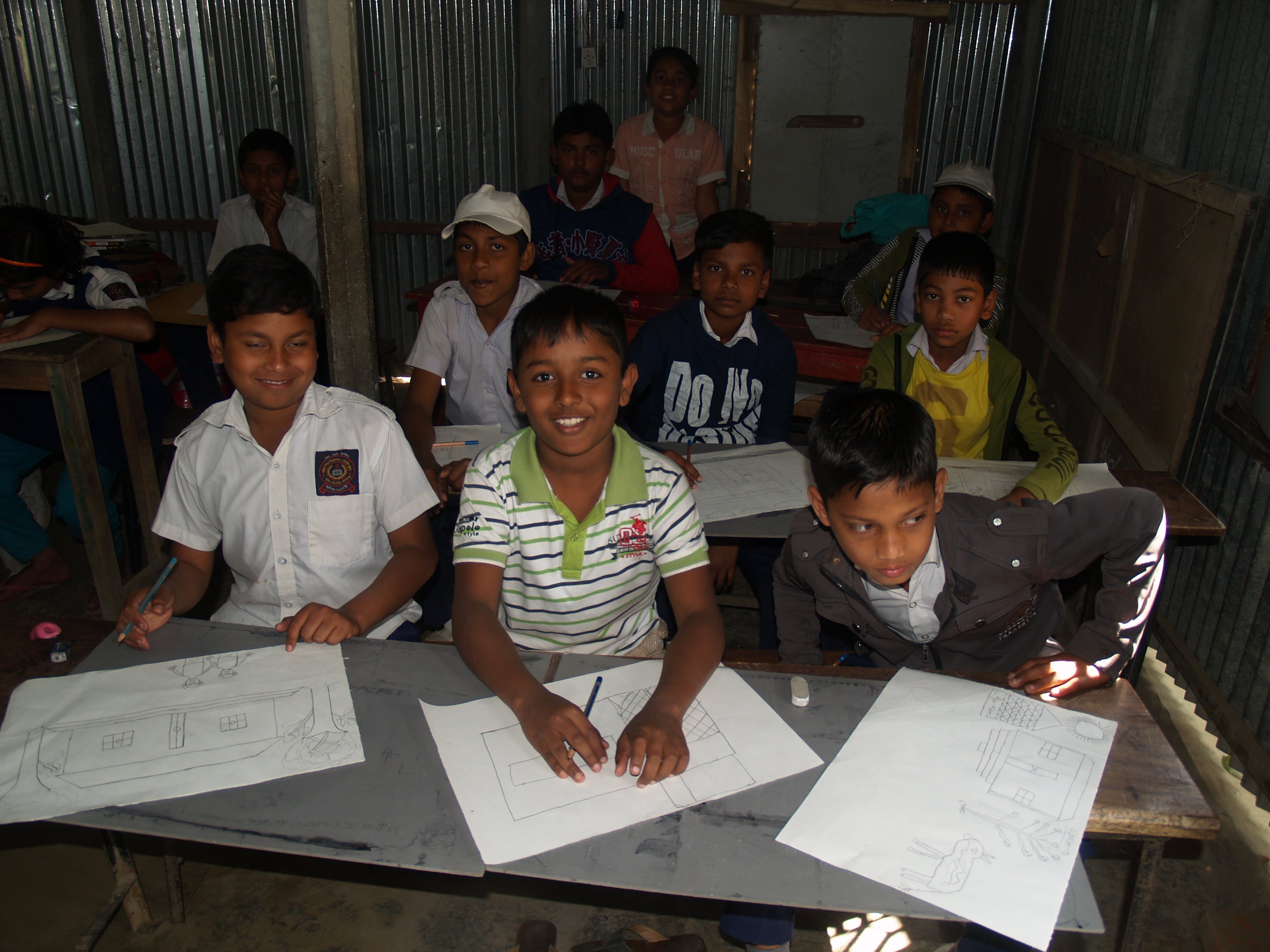
The main learning outcomes of the workshops were a combination of drawing skills, building on the children’s creativity and soft skills like teamwork.

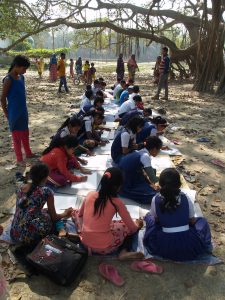
The Artiscape asked her what she observed of the experience.
“What I realized is that children think in an abstract way. When observing from life, they have their own representation system which differs from reality.” She thinks somehow as adults we “lose our imagination along the way.” She would like to do some further study and research into her theory.
The Artiscape asked Mariva how she would develop on this work. “My aim is to conduct art workshops with children in Asia and Africa.”
She is currently seeking sponsorship to return to Bangladesh for a period of a year to continue this work with these communities and potentially work with street children in greater Dhaka area.
Mariva said she would consider conducting art workshops with refugee children as she explained “… in Greece there is fertile ground for such actions” at present. She has applied to some Greek NGO’s to back her in this work. Mariva believes art can be used as “a powerful weapon for social solidarity.”
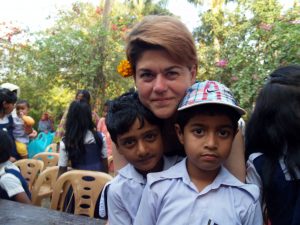
To find out more about Mariva and the work she does please visit her website. You can follow her on Facebook.

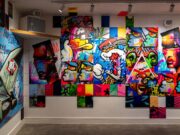
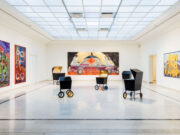
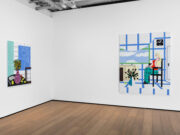
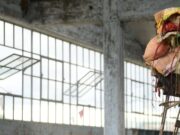
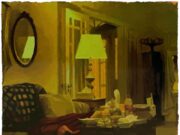
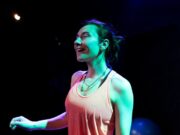
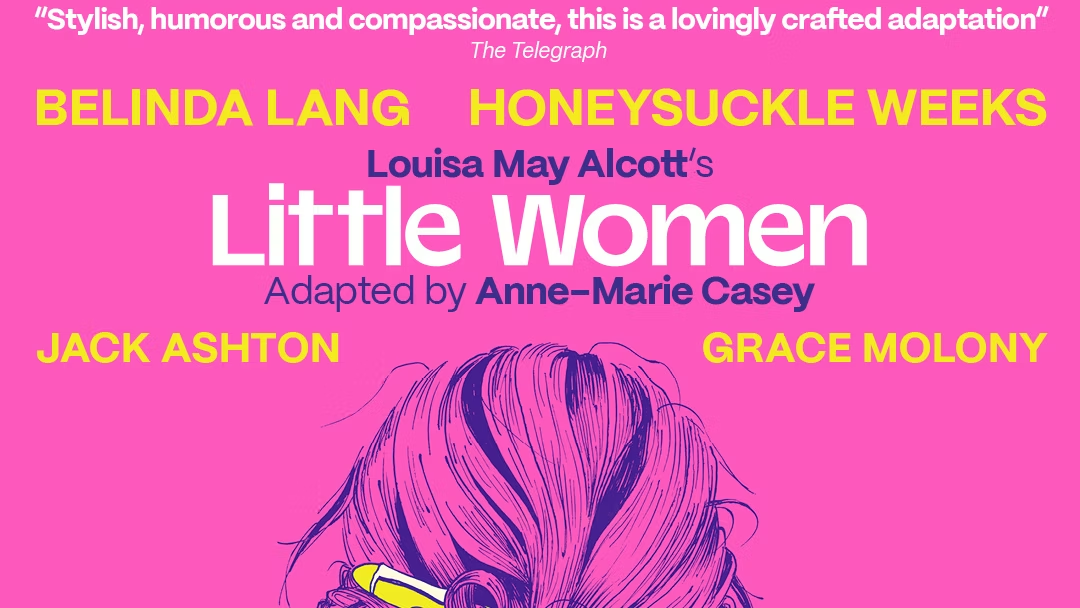
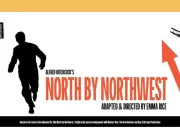
![Antigone [on strike] | Review Ali Hadji-Heshmati and Hiba Medina in Antigone [on strike] at Park Theatre, London. Photo: Nir Segal](https://theartiscapegallery.com/wp-content/uploads/2025/02/Antigone-on-strike-photo-by-Nir-Segal-D1_Standard-180x135.jpg)
